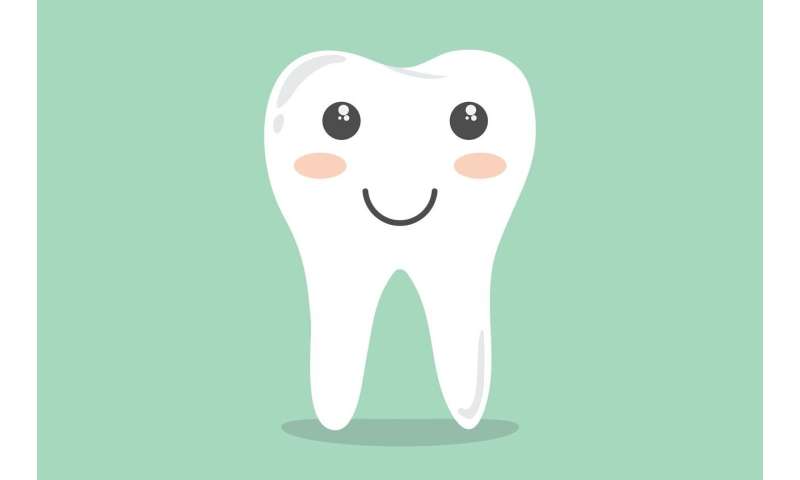Even dentist visits go remote during the COVID-19 pandemic


The COVID-19 pandemic has transformed many in-person activities into remote services delivered over the internet. The latest example is the dreaded visit to the dentist.
Dvora Brandstatter used to drive her son Elchanan half an hour to the orthodontist and back every month to make sure his braces were working properly. Now, from the comfort of her home in Bergenfield, New Jersey, she attaches a special scope to her smartphone camera, opens an app and inserts the contraption into the 11 year-old’s mouth. A video of the boy’s choppers is sent to his dentist who checks progress, diagnoses any issues and sometimes ends the appointment right there.
“As a parent having fewer appointments is a good thing,” Brandstatter said. “I haven’t seen a downside so far. It’s probably the way everything is moving anyway.”
The app and the scope were created last year by New Jersey-based startup Grin. After the pandemic hit, Chief Executive Officer and dentist Adam Schulhof said the company sped up development of the technology and partnered with manufacturer 3M Co. to quickly distribute it to as many orthodontists as possible. About 5,000 units have shipped out and roughly 1,000 patients have used the system so far, according to Grin.
Schulhof, who uses the system for his own practice, said the coronavirus has spurred huge demand for new procedures that help people reduce the close contact that typically happens when they visit the dentist. The CDC has warned that dental instruments create spray that can contain droplets of water, saliva, blood and other debris, and has advised the use of “teledentistry” as an alternative to in-office care.
When the Grin videos arrive at the dentist’s office, other software from the startup helps practitioners analyze the condition of the teeth and integrates the footage with existing patient management systems. The app also lets patients see what the dentist sees inside their mouth. Not for the faint of heart.
There are already new, internet-focused dental services that Grin is going up against. Companies such as SmileDirectClub Inc. mail invisible aligners and braces to consumers. SmileDirectClub shares have more than doubled since the middle of March. Schulfhof said Grin’s offering is aimed at fighting the challenge to conventional dentistry from such direct-to-consumer offerings. “We’re trying to disrupt the disrupters,” he added.
In the short-term, the technology will help orthodontists keep their businesses running while many patients avoid the dentist’s office completely, the CEO said. As smartphone capabilities improve and the software develops, Schulhof expects Grin’s scope to use artificial intelligence image analysis to become a more powerful diagnostic tool for dentists.
Source: Read Full Article